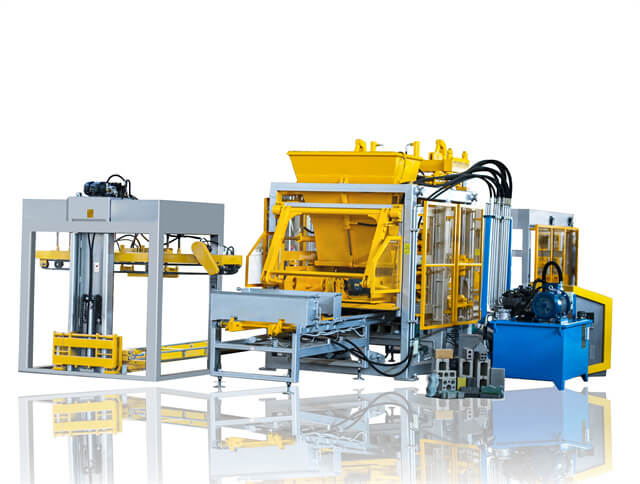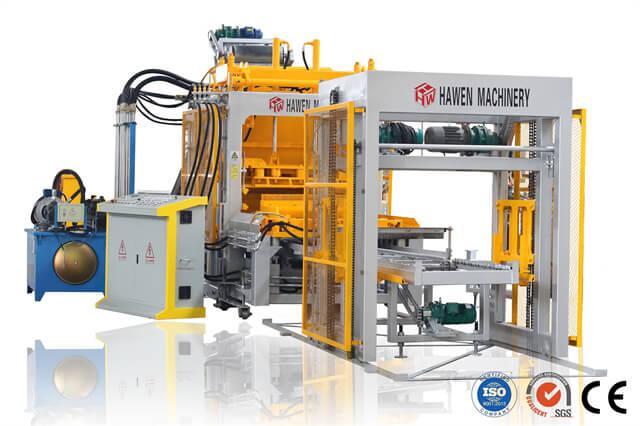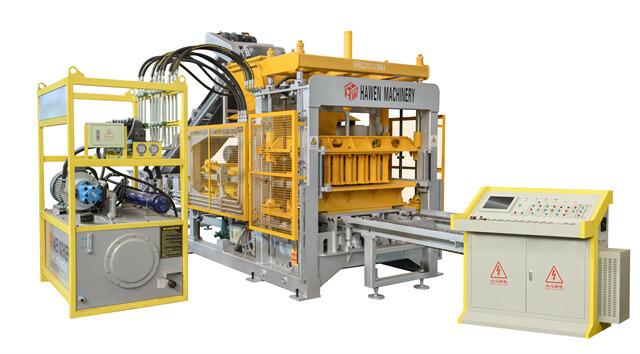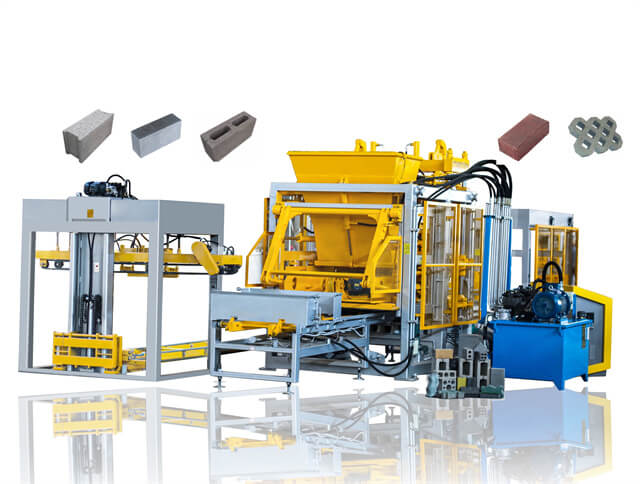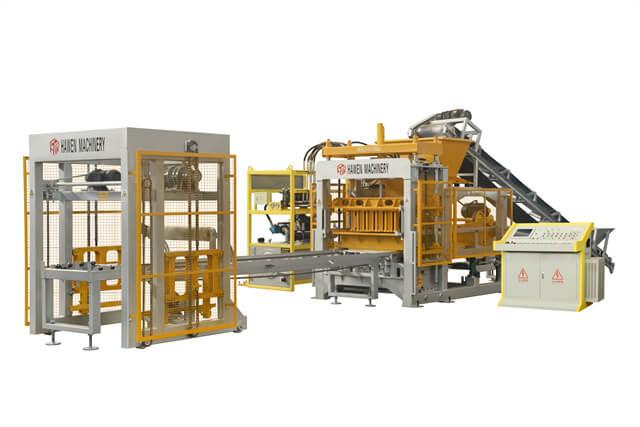Author:HAWEN Block MachineFROM:Brick Production Machine Manufacturer TIME:2024-05-08
The working principle of an automatic concrete block machine is a complex process that involves several key components and stages. This article aims to provide a comprehensive overview of how these machines operate and the various steps involved in producing high-quality concrete blocks.
The first step in the working principle of an automatic concrete block machine is the preparation of raw materials. Cement, sand, and other aggregates are carefully measured and mixed in the correct proportions to ensure the desired strength and consistency of the blocks. This mixture is then loaded into the machine's hopper for further processing.

Once the raw materials are prepared, they are fed into the concrete block machine through a conveyor belt or other feeding mechanism. Inside the machine, a series of rotating blades or paddles mix the materials together, ensuring a homogenous and well-blended mixture. This is a critical step to ensure the quality and strength of the final blocks.
The mixed concrete is then transferred to the block forming section of the machine. This section consists of a mold or a die, where the concrete is poured and compacted. The shape and size of the block can vary depending on the specific requirements. The concrete is pressed and vibrated inside the mold to eliminate air bubbles and ensure a dense and solid block.
After the blocks are formed, they need to be cured and dried to achieve the desired strength. Curing is usually done by maintaining the blocks in a controlled environment with optimal humidity and temperature conditions. This allows the concrete to hydrate and harden properly. Drying is done to remove excess moisture and ensure the blocks are ready for use.
Once the blocks are fully cured and dried, they are stacked and prepared for storage or transportation. Automatic concrete block machines often have a built-in stacking and handling system that can arrange the blocks in neat rows or place them directly on pallets. This ensures efficient handling and minimizes manual labor.
.jpg)
Throughout the entire production process, quality control measures are implemented to ensure the blocks meet specified standards. This may include regular testing of the raw materials, monitoring the mixing process, as well as conducting strength and durability tests on the finished blocks. Any deviations from the desired quality parameters can be detected and addressed promptly.
Automatic concrete block machines are equipped with advanced automation and control systems to streamline the production process. These systems enable precise control of various parameters such as mixing time, vibration intensity, and block forming pressure. They also provide real-time monitoring and error detection, ensuring consistent and reliable operation.
Regular maintenance is crucial to keep the automatic concrete block machine in optimal condition. This includes cleaning, lubricating, and inspecting various components, as well as replacing any worn-out or faulty parts. In case of any issues or malfunctions, troubleshooting procedures are followed to identify and rectify the problem, minimizing downtime and maximizing productivity.
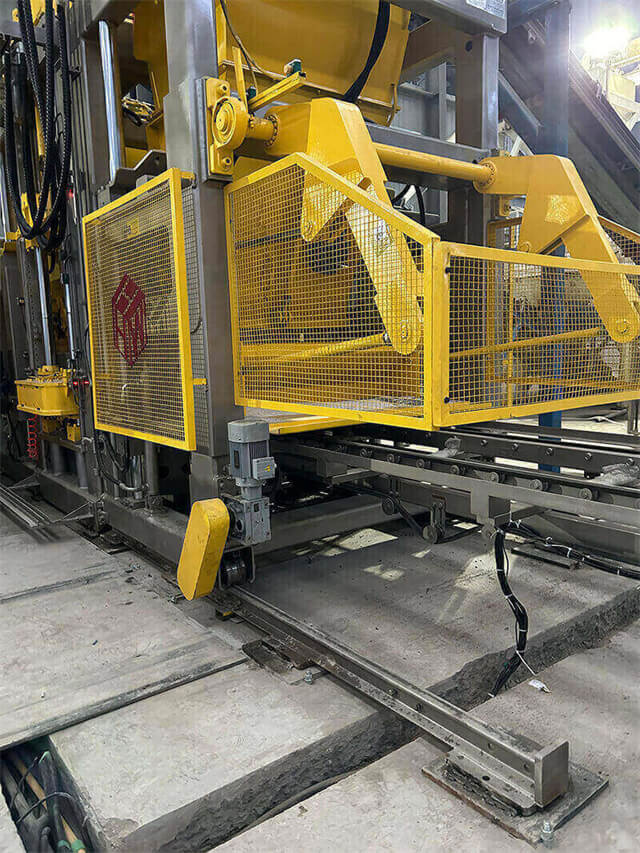
In conclusion, the working principle of an automatic concrete block machine involves several stages, including raw material preparation, feeding and mixing, block formation, curing and drying, block stacking and handling, quality control, automation and control systems, as well as maintenance and troubleshooting. These machines play a crucial role in the construction industry by producing high-quality concrete blocks efficiently and consistently.
